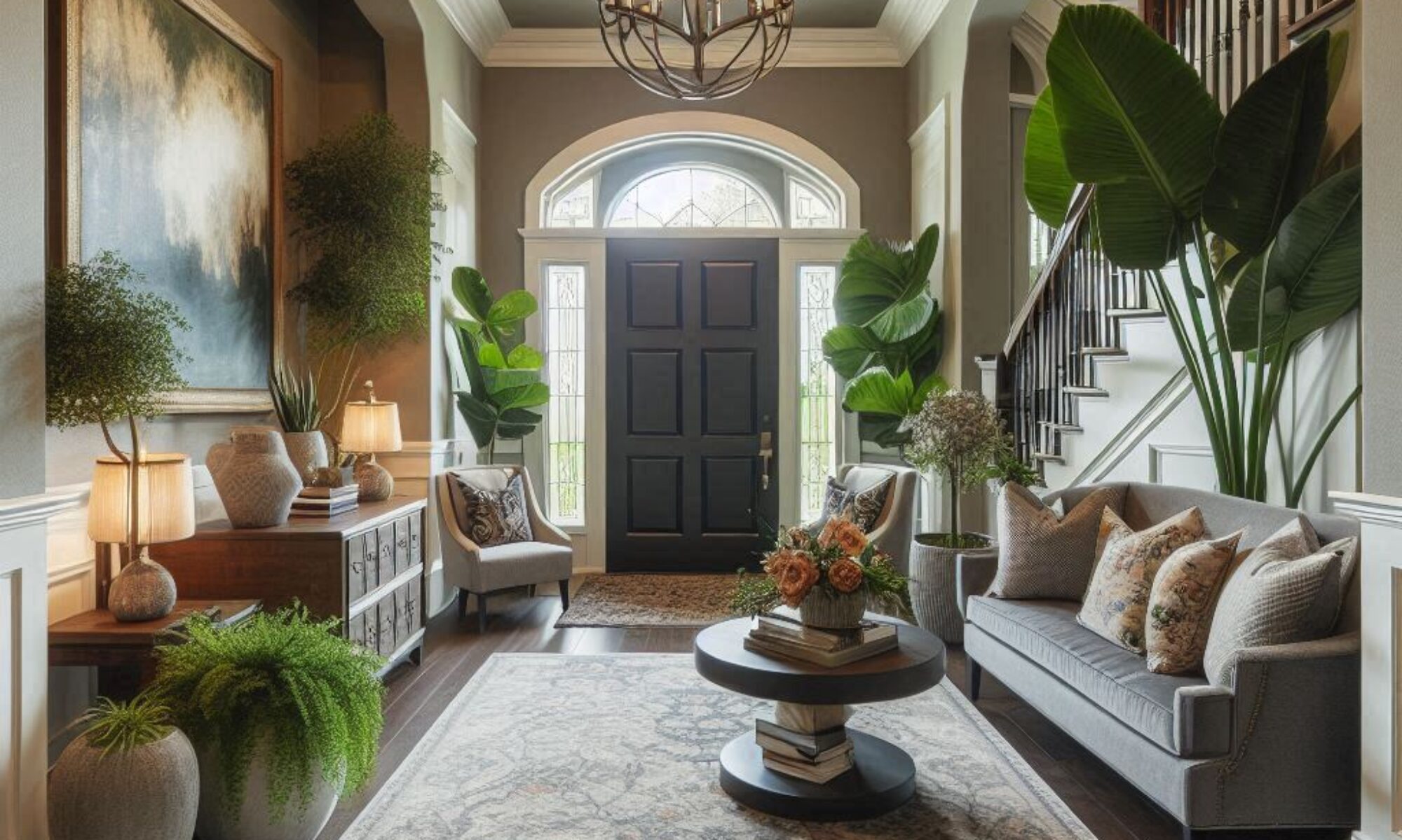Maximize Your Property’s Value with Smart Staging Techniques
The Impact of First Impressions
When potential buyers walk into a home, first impressions matter. Staged spaces create a warm, inviting atmosphere that resonates with your buyers. In contrast, empty spaces can feel cold and unwelcoming, making it difficult for buyers to envision themselves living there. A dependable staging strategy transforms your listings into inviting settings, immediately enhancing your property’s appeal.
Understanding Buyer Preferences
It’s essential to consider what buyers truly want. Research shows that 77% of buyers find it easier to visualize a staged home’s potential. By showcasing a home’s features with creative furniture arrangements and decor, you present a vision that sparks excitement. Furthermore, each room in your listing can illustrate different lifestyles and possibilities, guiding buyers toward seeing their future in the space.
The Advantages of Professional Home Staging
Investing in professional home staging is a practical decision for real estate agents. A competent staging strategy not only highlights the best features of a property but also maximizes its perceived value. Empty spaces leave potential buyers guessing, whereas well-staged rooms provide a trustworthy framework that demonstrates how to utilize the space effectively. Consequently, properties often sell faster and at a higher price point.
Energetic Spaces Create Emotional Connections
Crafting energetic spaces can evoke emotions that resonate with buyers. Thoughtfully selecting color palettes and decor choices can create inviting atmospheres where buyers feel at home. When they connect emotionally with a space, your chances of closing the sale significantly increase. Furthermore, innovative staging solutions capture attention and make your listings stand out in a competitive market.
Real-Life Success Stories
Countless agents have experienced the transformative effects of staging. For example, properties that were previously struggling to attract offers found new life once staged by professionals. Buyers responded positively to the added touch of personalization, leading to multiple offers and quicker sales. By showcasing successful cases, you create an informative narrative that demonstrates the value of staging to potential clients.
Conclusion
Understanding the difference between staged spaces and empty spaces can maximize your listing’s value. By partnering with Scena Home Staging, you gain a dependable resource that prioritizes your success. Elevate your listings with innovative staging techniques designed to resonate with buyers and enhance their experience.
Ready to transform your listings? Partner with Scena Home Staging today and unlock the full potential of your properties.

